Me encanta la fotografia.
Vivo en el Delta del Ebro que es un sitio ideal para la fotografía de paisaje. Y eso es lo que suelo hacer.
Valoro los buenos momentos de fotografía viendo ponerse el sol con gente estupenda
Veo la fotografía como un arte que me permite expresarme y pretendo que mis fotos sean consecuentes con lo que tengo en mi cabeza, por encima de que sean fieles a la realidad.
Me encanta el retrato y jugar con flashes y modificadores
I love photography
I live in a perfect place for landscape photography: the Ebro's Delta. And that's what I do: I shoot landscapes
I see the photography like a way to express my feelings. what it is in my head, the way I feel when I am pressing the shooter.
By the way, I love to shoot portraits with a zillion flashes and modifiers.
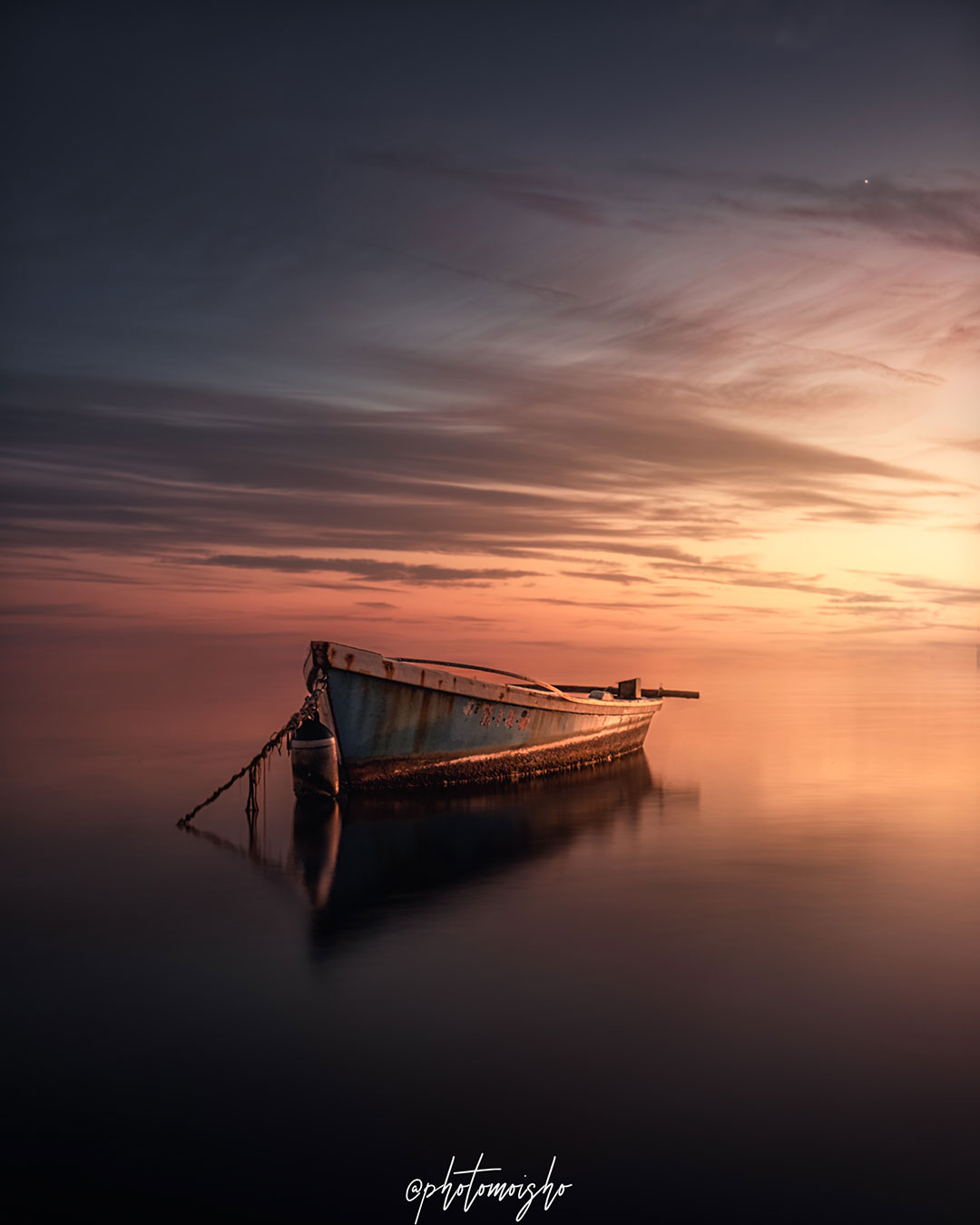
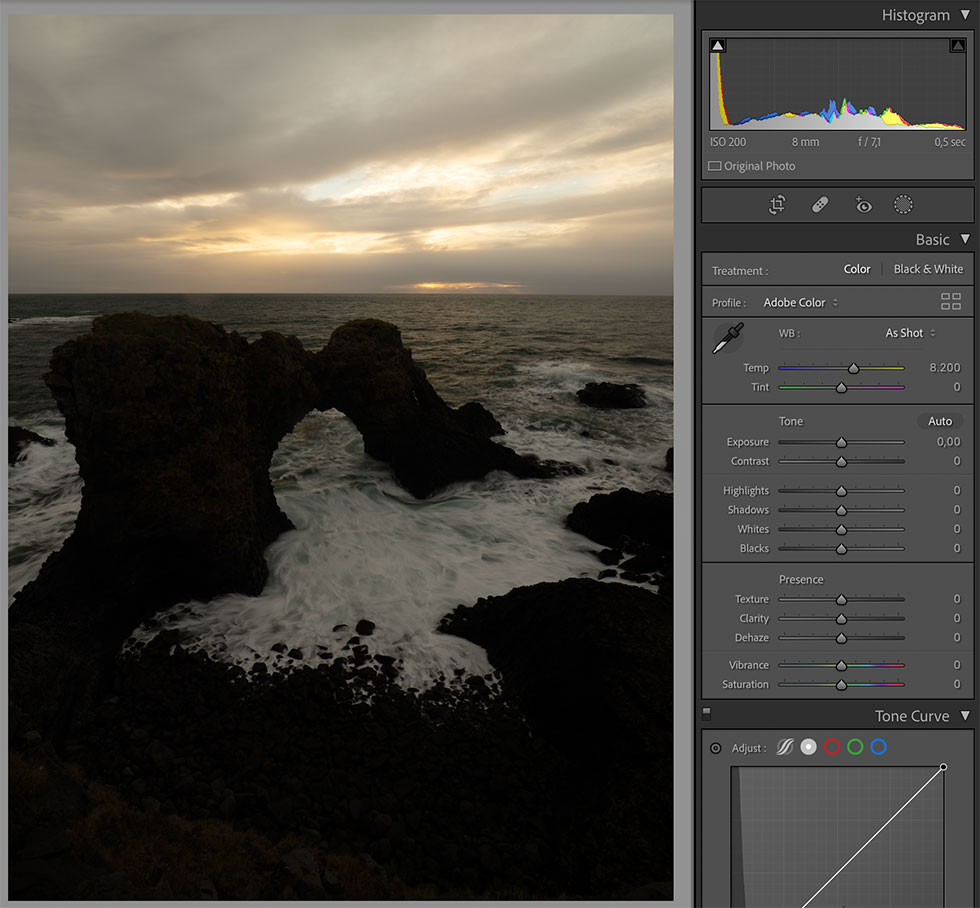
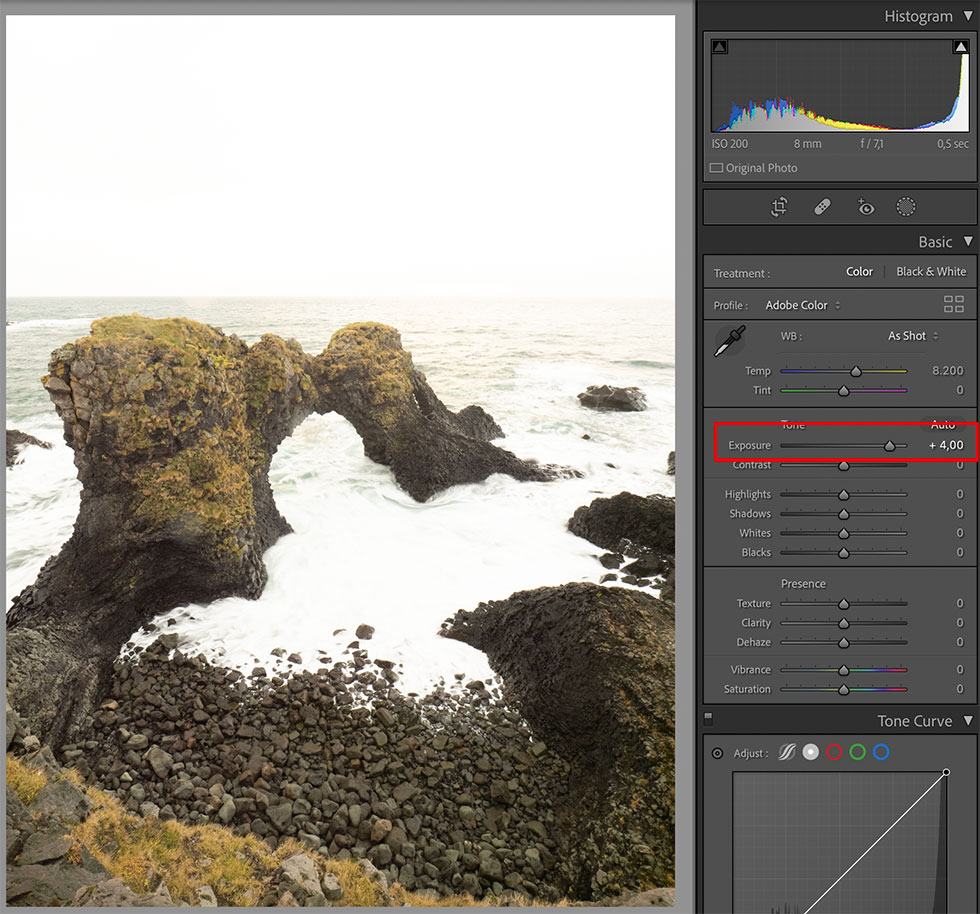
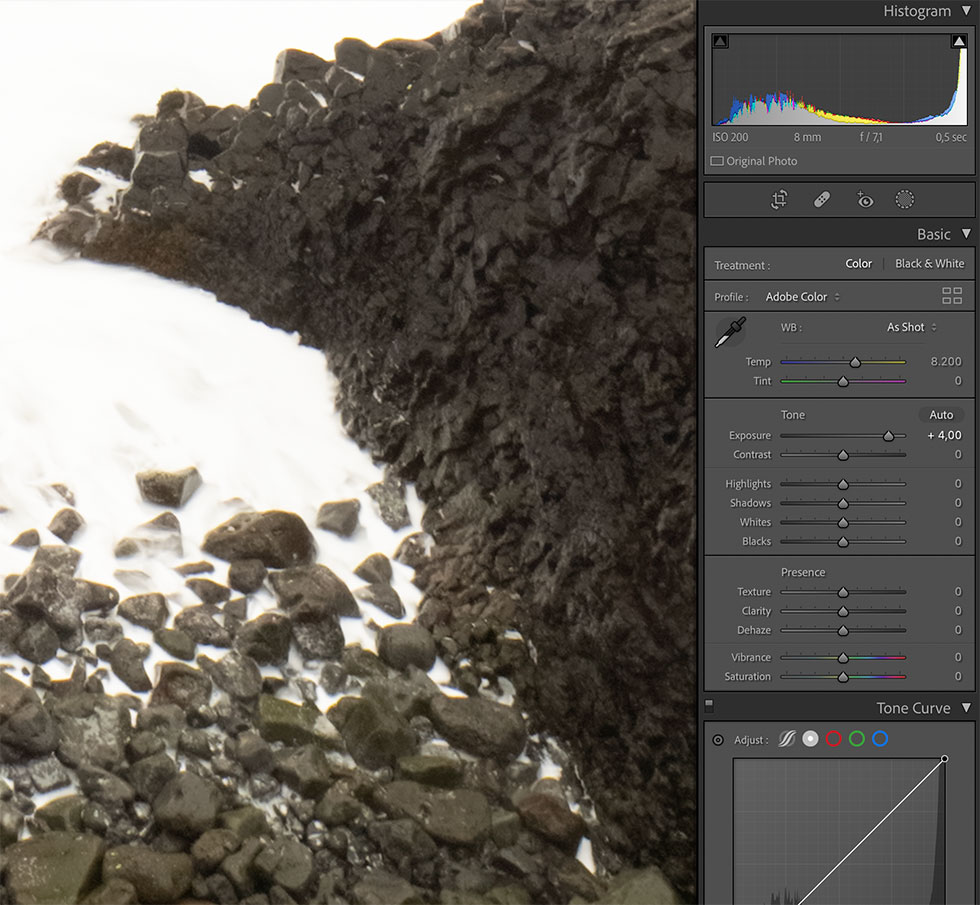
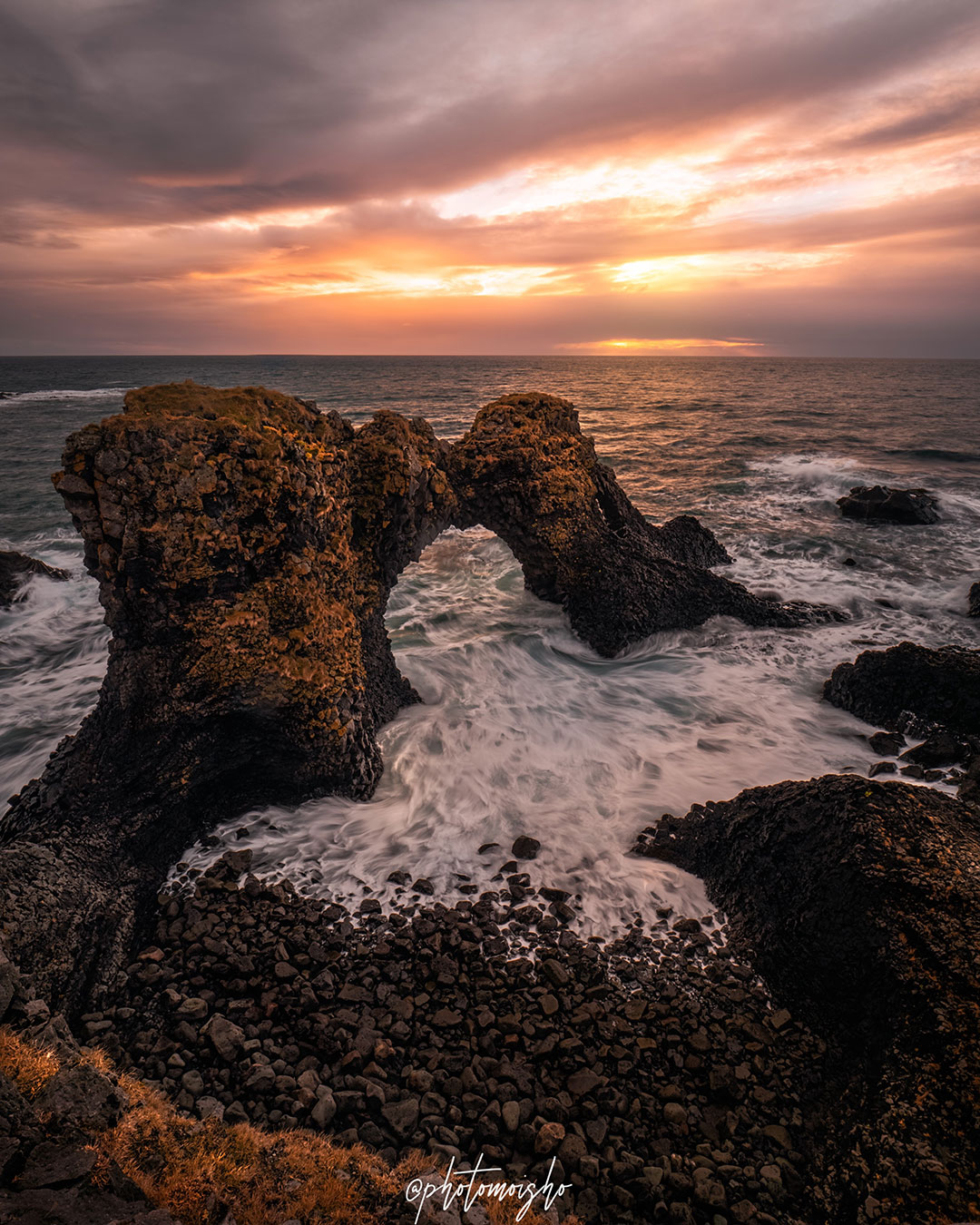
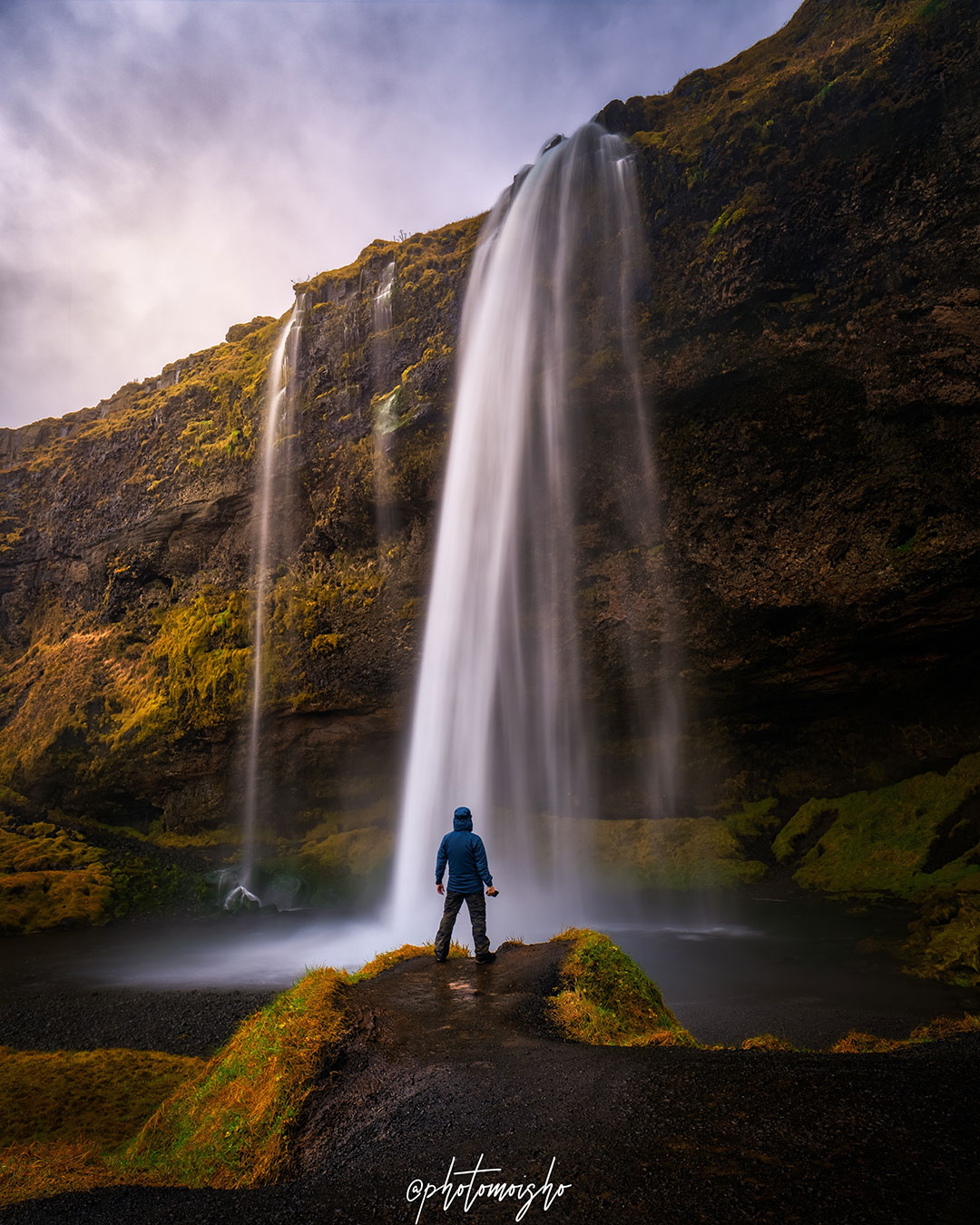
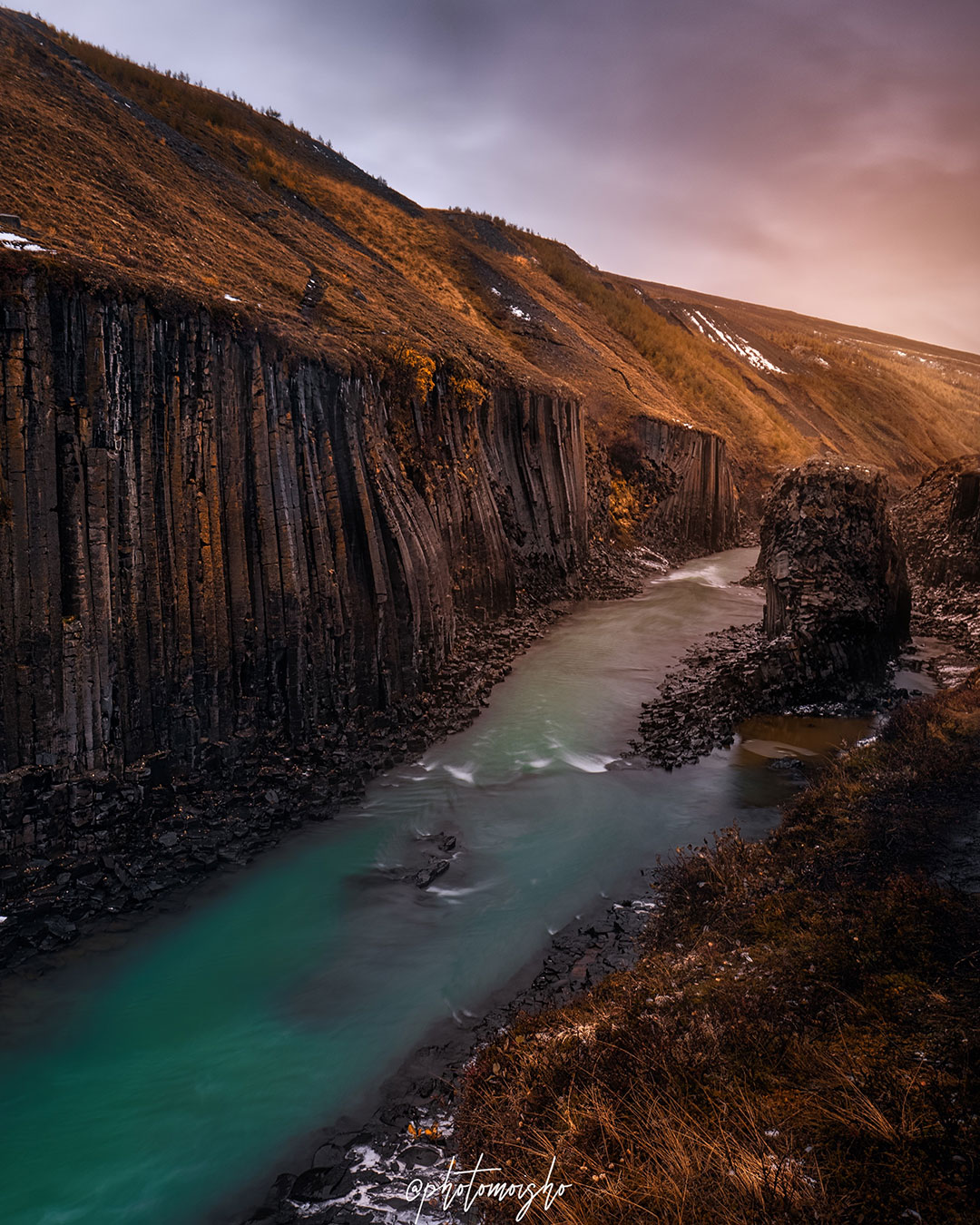
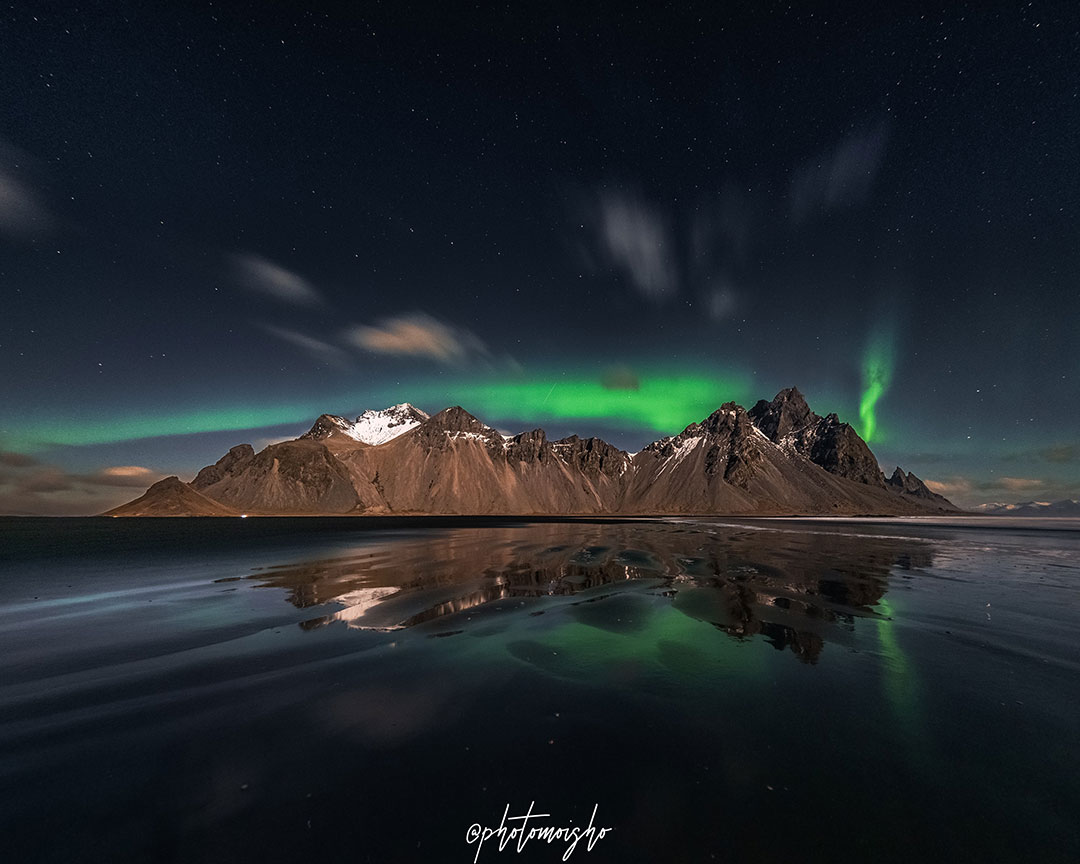
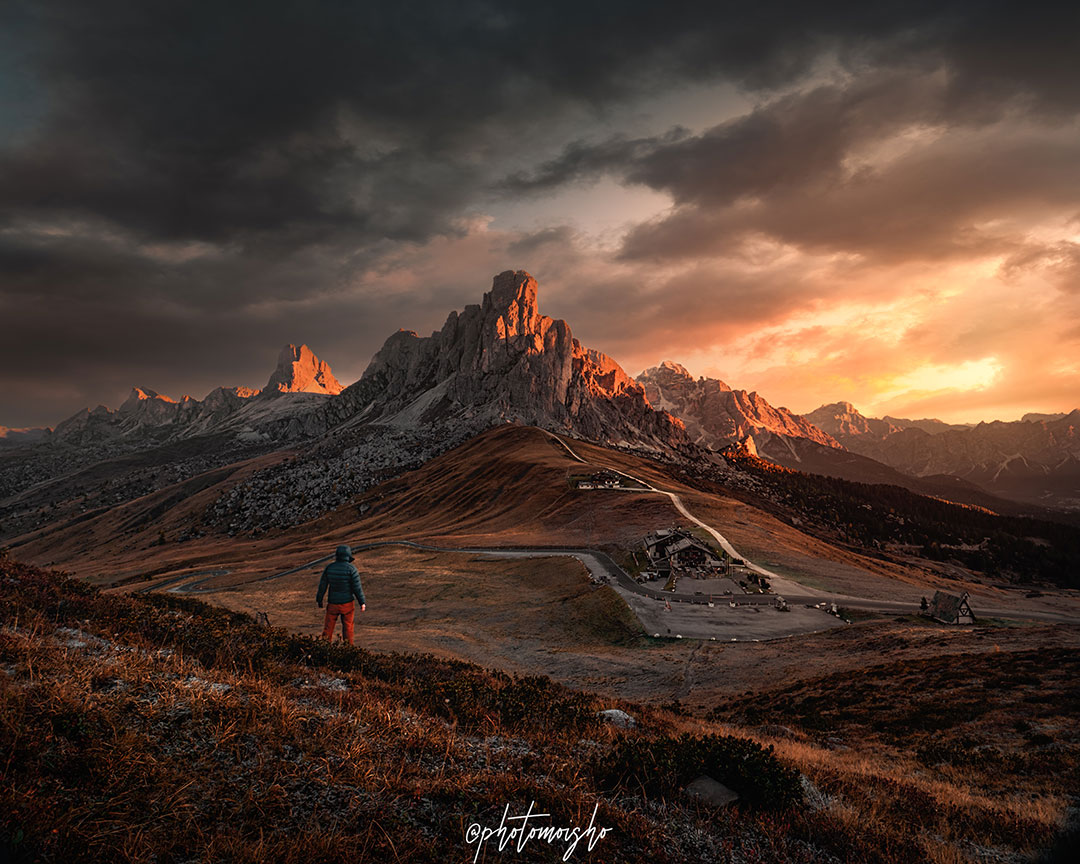
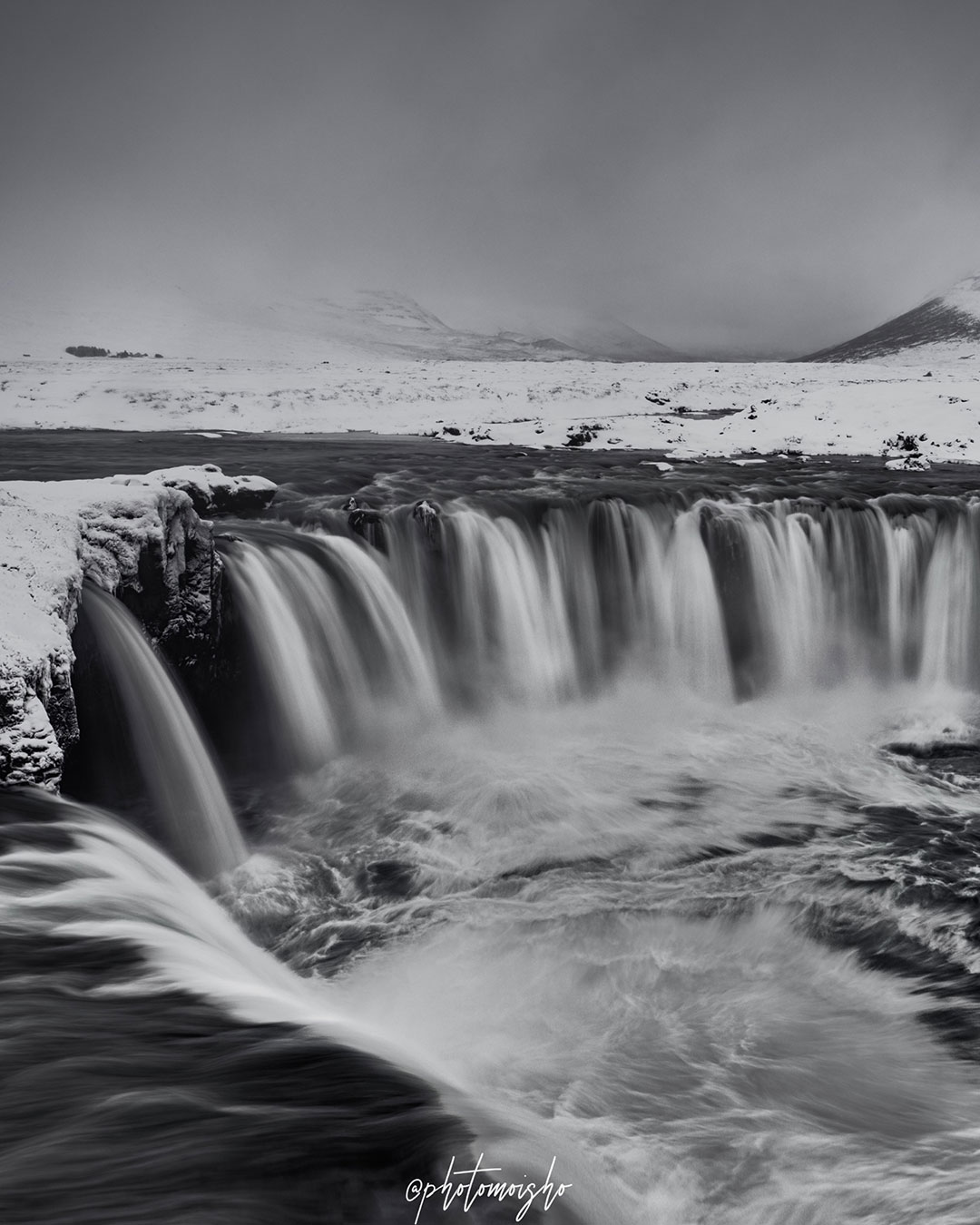

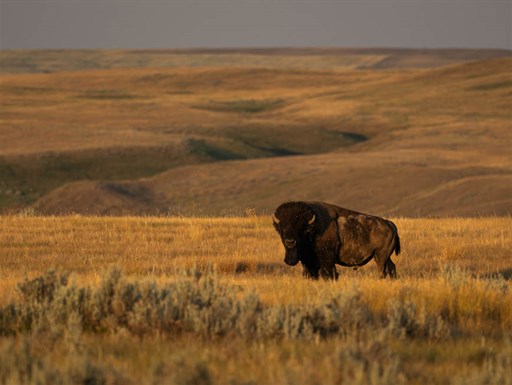
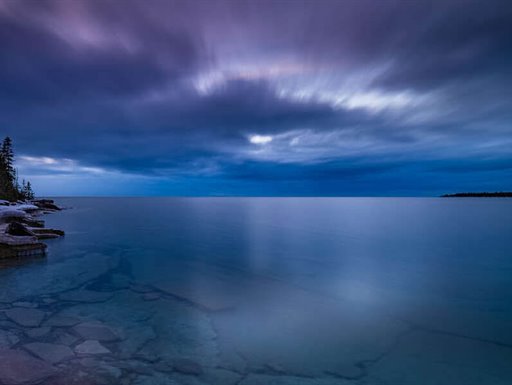
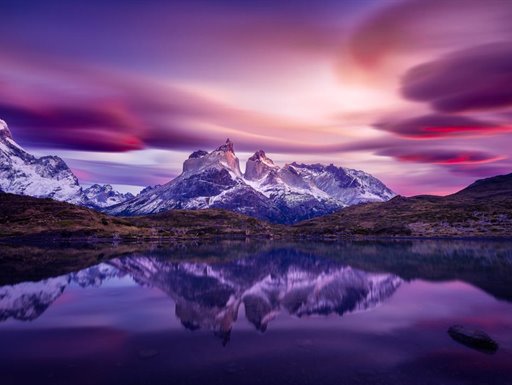
Comments